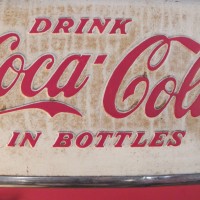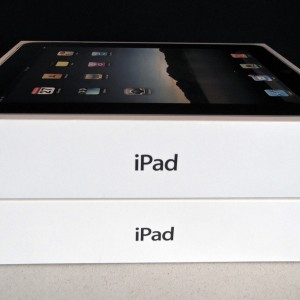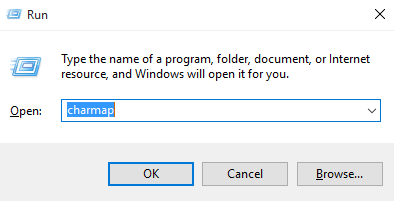When going into business for yourself and embarking on the journey to entrepreneurship, Self-publishing, sharing your photography online or making video content available to others; the question of how to properly protect yourself is a vital one. This article will cover Trademarks, Patent, and Copyright laws as well as provide tips on how to decide which course of action will suit your particular needs. Resources used for this article were found online at the U.S. Copyright Office and the United States Patent and Trademark office websites. Remember to refer back to these links as handy resources for your own research efforts along with directions on the application process.
Are You Selling a Product or Yourself?
What form of business are you in? Do you provide a service to others such as Makeup artist or Accountant? Or, are you selling a product such as clothing or Natural hair care products?
Take the company Instagram, for example, which is now owned by Facebook. This company provides services to its users by allowing others to share photos online. Digital photos take up space on huge computers known as servers. Enabling their users to store these photos and access them online via internet and mobile phone is considered a service.
How does Instagram make money? Their customers become the product. Your likes, dislikes, shopping habits and online habits are considered valuable to advertisers and marketers across the globe. These businesses pay for your data, and they use your data for marketing purposes; to track your online habits, and some even sell information to others. Instagram provides a service to its users, while simultaneously providing a product to other institutions.
Trademarks & Service Marks
When you see the word Trademark, think of brand names such as Microsoft, Coca-Cola, or Nike and the symbols they are widely known by. However; a trademark includes any word, name, symbol, device or combination of these items used to distinguish goods and or services. If your business provides services, register your mark as a Service mark. If your business provides goods register as Trademark.
Once your product or service has been registered, by law you are now allowed to use the ® Registered mark. This symbol shows others that not only are you claiming this mark, slogan, and/or symbol, but you have officially registered it with the United States government. This course of action is used to defer others from using your property. If someone else uses or sells products with your registered trademark symbol or phrase; you now possess the proof needed to fight them in the court of law.
There are instances where businesses offer goods and services. In this case, the business should apply for both marks. So now the question remains which mark should I use?
Ex. Apple sells iPads as their product. They offer iCloud as a service to provide additional backup space to customers. Due to the the various layers of their company, they would file for both a Service mark and a Trademark.
What Information Can be Copyrighted?
Now that we’ve covered the differences between services and products we’ll move on to copyrighting. In a previous article we discussed 5 Steps to Publishing Your Book, and covered Copyright laws along with tips and fees associated with this process, scan over the article for details. When one thinks of copyrighting; think of people that are creative such as artists, musicians, poets, authors, photographers or film producers among others.
Below are a list of occupations and people that should considering copyrighting their works:
Artistic works such as paintings, murals, & carvings
Literary works such as books, poems, short stories, articles and other written works
Musical works, including any accompanying words
Dramatic works, pantomimes and choreographic works
Movies, audiovisual, pictorial, graphic, and sculptural works
Sound recordings
Architectural works such as buildings
Patents are for Inventions
According to the United States Patent and Trademark office “A patent for an invention is the grant of a property right to the inventor, issued by the United States Patent and Trademark Office” the key word is invention.
The Constitution of the United States gives Congress the power to enact laws relating to patents, in Article I, section 8, reads “Congress shall have power . . . to promote the progress of science and useful arts, by securing for limited times to authors and inventors the exclusive right to their respective writings and discoveries.”
As United States citizens we have the right to obtain exclusive rights to discoveries. Whether you’re creating a new type of telephone, discovered another means to produce power or are creating the next big Operating system to rival the iOS or Windows patenting your invention; would most likely prove valuable to declare ownership of invention. There are some cases where some choose not to patent ideas in order to keep details of their inventions completely secret. Research this area more if this applies to you. And also, consulting a legal expert is recommended when applying for patents.
Keep in mind there are three types of patents, as seen below:
Search for patents via Google, at www.Google.com/patents. Below is a screenshot taken after performing a search for wireless headphones.1) Utility patents may be granted to anyone who invents or discovers any new and useful process, machine, article of manufacture, or composition of matter, or any new and useful improvement thereof;
2) Design patents may be granted to anyone who invents a new, original, and ornamental design for an article of manufacture; and
3) Plant patents may be granted to anyone who invents or discovers and asexually reproduces any distinct and new variety of plant.
Create the Copyright & Registered Symbol
The best way to make these symbols are by copying and pasting the symbol using your keyboard or mouse. Use the Ctrl + C to copy the symbol, and Ctrl + V to paste the desired symbol of your choice from the marks displayed below:




















Leave A Comment